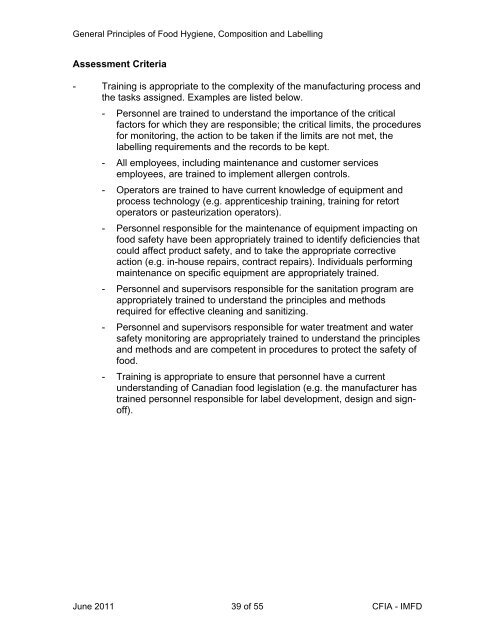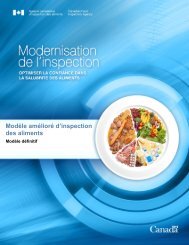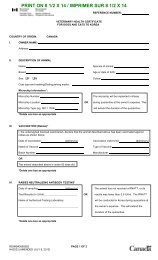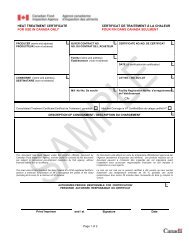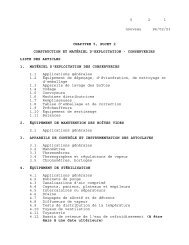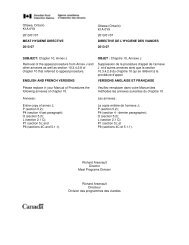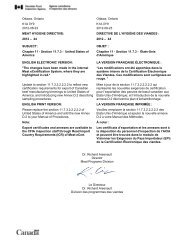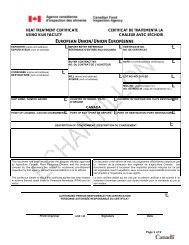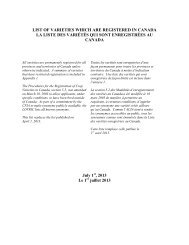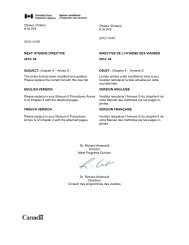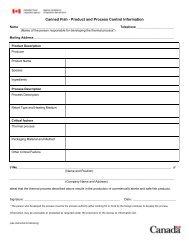General Principles of Food Hygiene, Composition and Labelling
General Principles of Food Hygiene, Composition and Labelling
General Principles of Food Hygiene, Composition and Labelling
Create successful ePaper yourself
Turn your PDF publications into a flip-book with our unique Google optimized e-Paper software.
<strong>General</strong> <strong>Principles</strong> <strong>of</strong> <strong>Food</strong> <strong>Hygiene</strong>, <strong>Composition</strong> <strong>and</strong> <strong>Labelling</strong>Assessment Criteria- Training is appropriate to the complexity <strong>of</strong> the manufacturing process <strong>and</strong>the tasks assigned. Examples are listed below.- Personnel are trained to underst<strong>and</strong> the importance <strong>of</strong> the criticalfactors for which they are responsible; the critical limits, the proceduresfor monitoring, the action to be taken if the limits are not met, thelabelling requirements <strong>and</strong> the records to be kept.- All employees, including maintenance <strong>and</strong> customer servicesemployees, are trained to implement allergen controls.- Operators are trained to have current knowledge <strong>of</strong> equipment <strong>and</strong>process technology (e.g. apprenticeship training, training for retortoperators or pasteurization operators).- Personnel responsible for the maintenance <strong>of</strong> equipment impacting onfood safety have been appropriately trained to identify deficiencies thatcould affect product safety, <strong>and</strong> to take the appropriate correctiveaction (e.g. in-house repairs, contract repairs). Individuals performingmaintenance on specific equipment are appropriately trained.- Personnel <strong>and</strong> supervisors responsible for the sanitation program areappropriately trained to underst<strong>and</strong> the principles <strong>and</strong> methodsrequired for effective cleaning <strong>and</strong> sanitizing.- Personnel <strong>and</strong> supervisors responsible for water treatment <strong>and</strong> watersafety monitoring are appropriately trained to underst<strong>and</strong> the principles<strong>and</strong> methods <strong>and</strong> are competent in procedures to protect the safety <strong>of</strong>food.- Training is appropriate to ensure that personnel have a currentunderst<strong>and</strong>ing <strong>of</strong> Canadian food legislation (e.g. the manufacturer hastrained personnel responsible for label development, design <strong>and</strong> sign<strong>of</strong>f).June 2011 39 <strong>of</strong> 55 CFIA - IMFD


